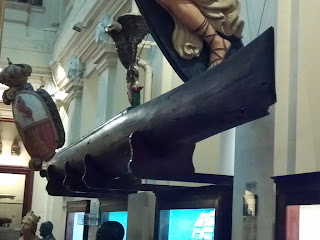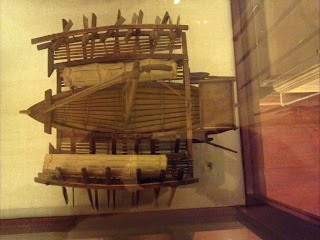Great video here of a dhow regatta in Abu Dhabi, with more than 80 boats competing:
These modern racing dhows look fast and sexy. It's very nice to see a culture adopting and adapting modern yacht racing to its native boats (or vice versa).
These modern racing dhows look fast and sexy. It's very nice to see a culture adopting and adapting modern yacht racing to its native boats (or vice versa).




































